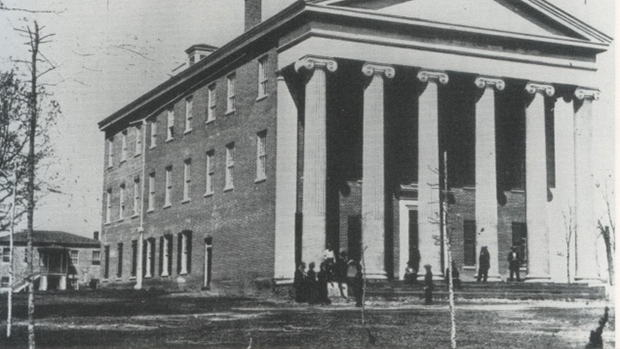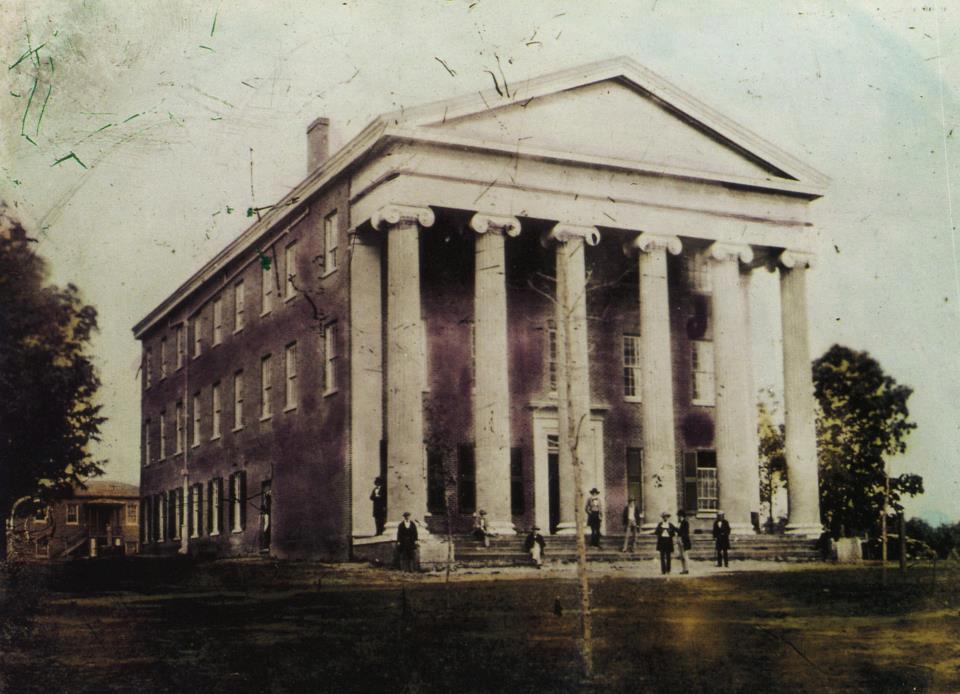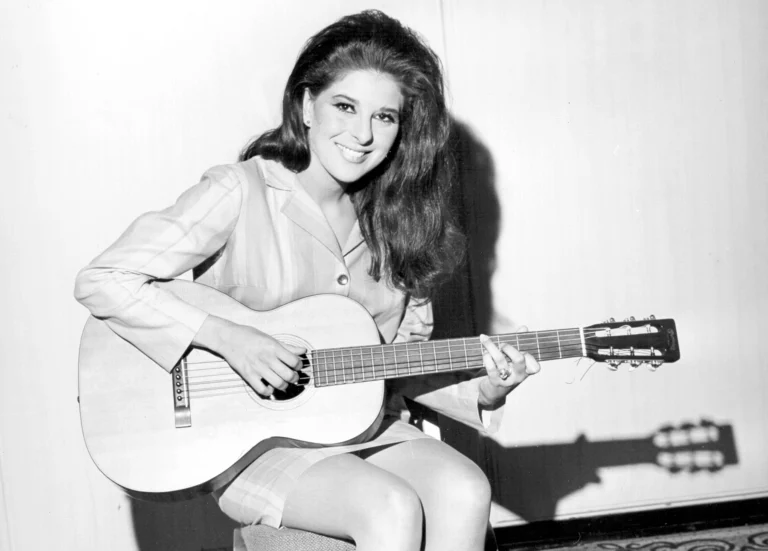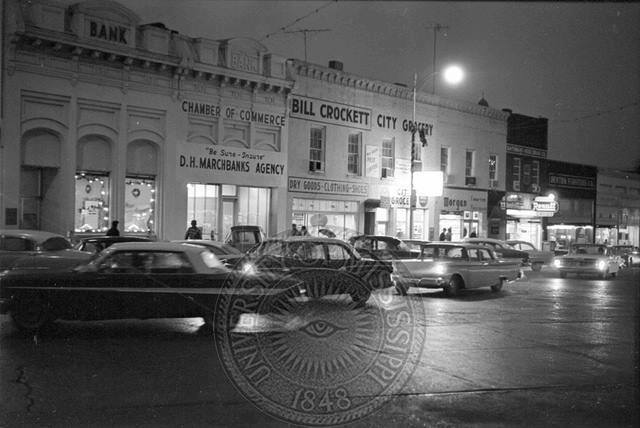
GEDSC DIGITAL CAMERA
Steve continues his series of interviews with Starke Miller.
The Lyceum has a meaningful history that dates back 170 years. What is the significance of its distinct architecture?
Construction began in 1846 and finished in 1848. The style is Greek Revival. It was built as a “Temple of Learning;” the University taught a classic curriculum, including Greek, to all students.
It has surfaced recently that the Lyceum was built with slave labor. Although slavery was alive and well in 1848, is there any truth to this?
Yes. The Lyceum had a white architect, a white contractor, and probably a majority of white finish carpenters, plasterers, painters, roofers, brick masons, and framing carpenters; and it is very possible there were some black carpenters, painters, masons, and plasterers. Almost certainly slaves made the bricks and performed various labors, such as sawing all the wood that went into the building. The slaves had no choice but to work. They would have been “rented out” by their owners to the contractor or to the University.
What actually happened inside the Lyceum during the Civil War?
It served as a hospital ward. Wounded men were carried in. About 23 percent of the 1,862 sick and wounded were carried out dead. The bodies went right through those original double doors that are still there today. The sick were put into tents in the Circle; it was thought the fresh air did them good. About 4,000 men total went through the University as a hospital from March of 1862 to the end of the war.
It has always been rumored that horses were brought inside. Is this a fabrication?
There are two great stories that are probably are not true. When Captain William B. Lowry of the University Greys found out he had been suspended by Chancellor Barnard for too many absences, it is said he rode a horse into the Lyceum with a bull whip, looking for the chancellor. It has also been said that when the Yankees were in Oxford and at the University in December of 1862, they had horse races through the central Lyceum hallway, around the building, and back into the hallway. If you look at the height of those doors, it’s clear that you would not have to duck down much to get through them while on the back of a horse!
Every time I enter the building, I think about the most famous individuals having done so. Who, in your opinion, are at the head of the class?
Based on people I know have been on the campus since 1848, I would think almost all of them would have looked into the Lyceum: Jefferson Davis, U. S. Grant, possibly William T. Sherman, Nathan Bedford Forrest, L. Q. C. Lamar, all the University Greys, many wounded at the hospital, General James Longstreet visiting his uncle A. B. Longstreet after the War, most of the Mississippi governors from 1848 on up, three Miss Americas from UM—the most of any University in America, all the members of a family named Manning, James Meredith, Bobby Kennedy, John McCain, and maybe even Captain Lowry’s horse and a few Yankee horses.
One hundred years following the war, the Lyceum was once again in the midst of controversy. The riot of 1962 would redefine Ole Miss and the Lyceum for years to come.
On Sunday afternoon, September 30, 1962, the US Marshals surrounded the Lyceum because James Meredith was to be registered there the next morning. Due to their heavy presence, the students thought Meredith was inside. He was not; he was up at Baxter Hall on the outskirts of campus. Thinking Meredith was there to finally be registered, the students gathered, as did many outsiders. The “last battle of the Civil War” or “the Battle of 1962” erupted, focused on the Lyceum, that night.
Please describe the interior beauty and design of the building for those who have never had an occasion to enter it.
It is a three-story tall brick building. It was originally rectangular with the smaller ends facing the front and rear, with six white Greek columns going from the ground to the roof in the front. In 1858 it was lengthened by one third. In 1903 the wings on each side were added, and in 1923 the columns were added in the back to match those in the front. In 2001 it was gutted and completely modernized. Only the walls, the columns, the doors, and the school bell on top are original. The bullet scars from 1962 were fixed, at a cost of $11 million.
Many people believe that the Lyceum is the most historic building in Mississippi. Your thoughts?
It is certainly one of the most photographed. Those six columns have become the symbol of the university. It is a greatly beloved building. The University of Mississippi is the only university I am aware of that sent a student company, the University Greys, to the Civil War, and served as a hospital in the war. If only that old building could talk! ![]()




2 thoughts on “Civil War Commentary and Local History Featuring Starke Miller: The Lyceum”